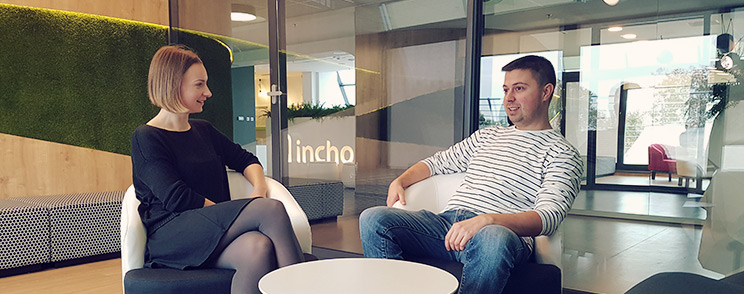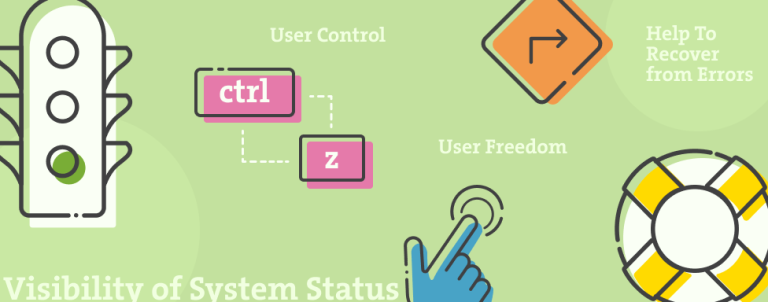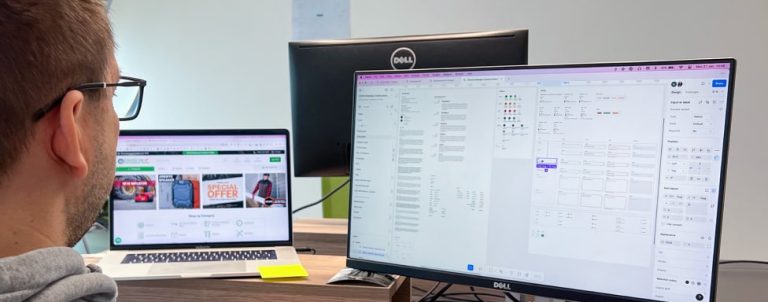Getting your store up is a process. One which starts with a revelation that, if you want to make things work in the long run, you’ll need a webshop. An online place for reaching new and informing existing customers. For them, it’s a brand new channel where they can buy your products. For you, it’s a strategic decision. Why? Because the idea behind that action is growing your business.
But, apart from choosing the platform or the hosting, you should also think about the visual appeal of your store. In this interview, Marko Briševac, one of Inchoo designers, answers the most frequent questions we get from prospective clients. Read more to find out what’s it all about!
Most of our clients contemplate getting an existing theme template rather than deciding on investing in getting one which is custom made. Why do you think it is extremely important to invest in a theme tailored according to their needs?
Marko: I must admit we get this question a lot. After talking with a lot of clients and fellow designers throughout the years, here’s the best possible answer based on my experience.
Design process is a series of steps through which designers come up with a solution to a problem. Even though clients think it would be nice to skip all (or some of) those steps and buy a nice looking theme, every step must be completed to ensure a successful project. Design should promote improving the quality of the user’s interaction with a store and perception of a brand. None of these can be achieved with a pre-built theme.
Pre-built themes rarely care for usability, performance or user experience. Authors of these themes are aware of the fact that people are naturally more attracted to the things which are aesthetically pleasing, especially if they come with a whole list of features. However, that doesn’t necessarily mean they are solving a problem for the brand, communicating with customers in the right way or ensuring amazing user experience.
Pre-built theme could work if you are a small business owner with limited funds looking for a simple website as a space to provide general information about your company, but it should not be an option for a thriving eCommerce business.
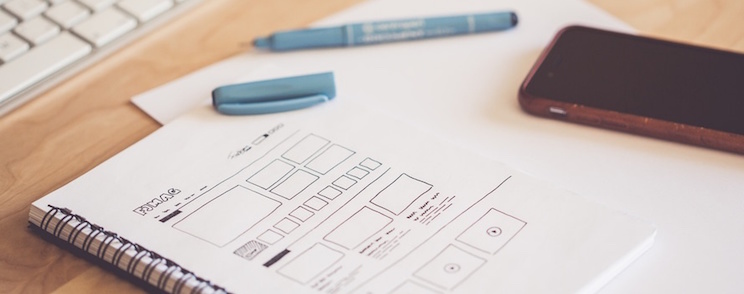
How does “I want a site that looks exactly like example.com” fit into the picture? Or, better yet, why it doesn’t fit into it?
Marko: There are two different types of clients when it comes to this.
Some clients refer only to visual direction when they mention they like a certain site. For example, 70% of all clients will say they like Apple web site. Solution, in this case, isn’t to copy everything from Apple, but to recognise that the client likes effective use of white space, minimalistic colour scheme, large high quality images, etc. It is necessary to perceive are there some obvious elements on example sites which client likes but doesn’t know how to describe.
Other clients want to copy literally everything – style, features, behaviour, functionalities… I have to say it’s completely understandable why they want to copy from more successful competitors. They simply believe they will achieve the same results. For them, successful competitors’ website is a pattern of how things should be done in their field.
If that’s the case, it is crucial to explain that their business and brand is unique in every way, and what works for one doesn’t for the other even though they may be in the same industry.
We’d like to point out that our job is to carefully consider both the needs of the client and the needs of the user so we can maximize the results. We can achieve that only by planning, research and testing, definitely not by copying from others.
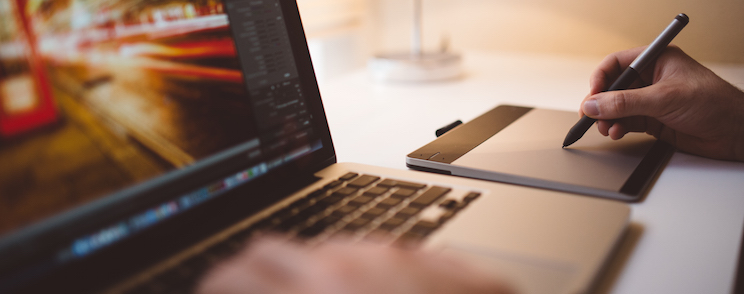
Design process is what people usually connect with something being “pretty” when, in fact, it requires a lot of hard work. Can you describe, briefly, what goes into making a custom theme and benefits it yields?
Marko: At Inchoo, our design process consists of several phases through which we emphasise, define, ideate, prototype and test.
Here I’ll just mention that during that process we research, report detected problems and suggest improvements. Our design process focuses on users and their needs and business goals of the client in order to create cohesion, optimize conversion rates and find sustainable growth.
If you’re interested in all of our “behind the scenes” work, you can check out this article which covers every step we go through while working on your custom theme.
Main conclusion is definitely that design today should be (and at Inchoo is) way more than creating a visually pleasing site.
As Marko already pointed out, design is way more than something being pretty. If you’re thinking on whether you should invest in a custom tailored theme for your Magento shop, keep in mind that your customers judge you based on it. The more you understand them and display that through your shop, the more they’re likely to understand – and buy – from you.
What is your experience with the design? In case you need practical, customised pointers on what to improve on your store, we can offer you our eCommerce UX & usability audit service – we’d like to help you out so feel free to get in touch!
